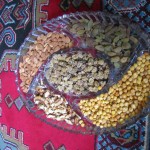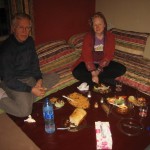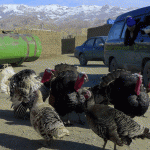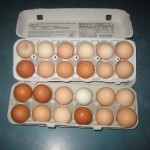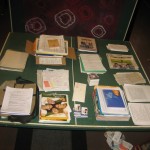 For a variety of reasons, I recently decided to change my email address from a local carrier to Gmail. Mostly it was to simplify my life when I travel. With Gmail I have access to all my archived emails which I used to keep neatly categorized with Outlook. My secondary reason, however, was that I noticed that almost all the people I knew in their 20s and 30’s were using Gmail. Maybe it would take a couple decades off my age. 😕
For a variety of reasons, I recently decided to change my email address from a local carrier to Gmail. Mostly it was to simplify my life when I travel. With Gmail I have access to all my archived emails which I used to keep neatly categorized with Outlook. My secondary reason, however, was that I noticed that almost all the people I knew in their 20s and 30’s were using Gmail. Maybe it would take a couple decades off my age. 😕
My one son helped me do the technical conversion, another tutored me, my daughter encouraged me, and another son just said, “Keep using it. You’ll get the hang of it and love it.”
Well, it’s been a couple weeks and I am getting the hang of it and have it set up just about the way I like it (which means it operates a lot like Outlook) but it wasn’t easy.
It took me numerous calls to my local provider’s tech support, and hours of figuring out how to decipher a new look and learn how to find things under new names and in different places. Letting go of the familiar was not easy. (It was also not easy on a couple of my contacts who reported getting 20-30 blank emails a day saying that they were being returned unread.
 All this got me to thinking how it’s even harder to let go of even bigger and more important familiar ways. As my parents consider moving into an assisted living community they are faced with the need to let go of furniture that’s been in the family for decades, knowing the route to the grocery and beauty shop, and neighbors who take care of each other. As they grieve the possible loss of familiar ways and routines, my gmail transition pales in comparison.
All this got me to thinking how it’s even harder to let go of even bigger and more important familiar ways. As my parents consider moving into an assisted living community they are faced with the need to let go of furniture that’s been in the family for decades, knowing the route to the grocery and beauty shop, and neighbors who take care of each other. As they grieve the possible loss of familiar ways and routines, my gmail transition pales in comparison.
I know that any physical move is fraught with tension and frustration as we have to consciously think through new ways to accomplish everyday tasks. Sometimes it’s so much easier just to keep things the way they are, but sometimes we just have to move on. What’s been the hardest part of a transition or move that you’ve made?









